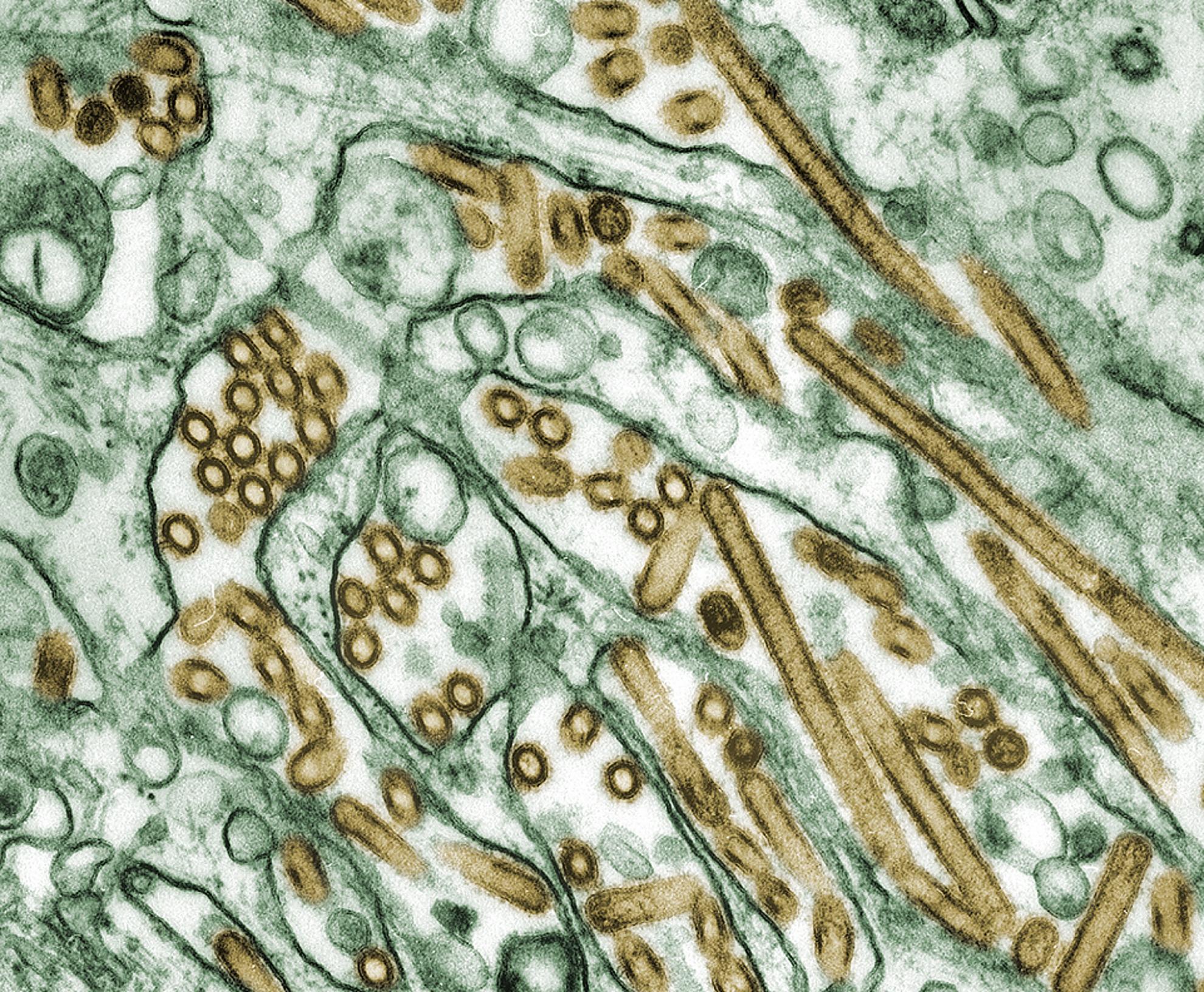Transmission of a 2009 H1N1 pandemic influenza virus occurs before fever is detected, in the ferret model
During the early phase of the 2009 influenza pandemic, attempts were made to contain the spread of the virus. Success of reactive control measures may be compromised if the proportion of transmission that occurs before overt clinical symptoms develop is high. In this study we investigated the timing of transmission of an early prototypic strain of pandemic H1N1 2009 influenza virus in the ferret model. Ferrets are the only animal model in which this can be assessed because they display typical influenza-like clinical signs including fever and sneezing after infection. We assessed transmission from infected animals to sentinels that were placed either in direct contact or in adjacent cages, the latter reflecting the respiratory droplet (RD) transmission route. We found that pre-symptomatic influenza transmission occurred via both contact and respiratory droplet exposure before the earliest clinical sign, fever, developed. Three of 3 animals exposed in direct contact between day 1 and 2 after infection of the donor animals became infected, and 2/3 of the animals exposed at this time period by the RD route acquired the infection, with the third animal becoming seropositive indicating either a low level infection or significant exposure. Moreover, this efficient transmission did not temporally correlate with respiratory symptoms, such as coughs and sneezes, but rather with the peak viral titre in the nose. Indeed respiratory droplet transmission did not occur late in infection, even though this was when sneezing and coughing were most apparent. None of the 3 animals exposed at this time by the RD route became infected and these animals remained seronegative at the end of the experiment. These data have important implications for pandemic planning strategies and suggest that successful containment is highly unlikely for a human-adapted influenza virus that transmits efficiently within a population.
Back to publications
